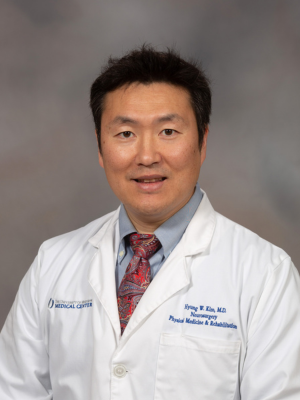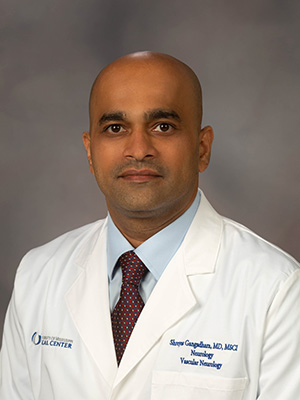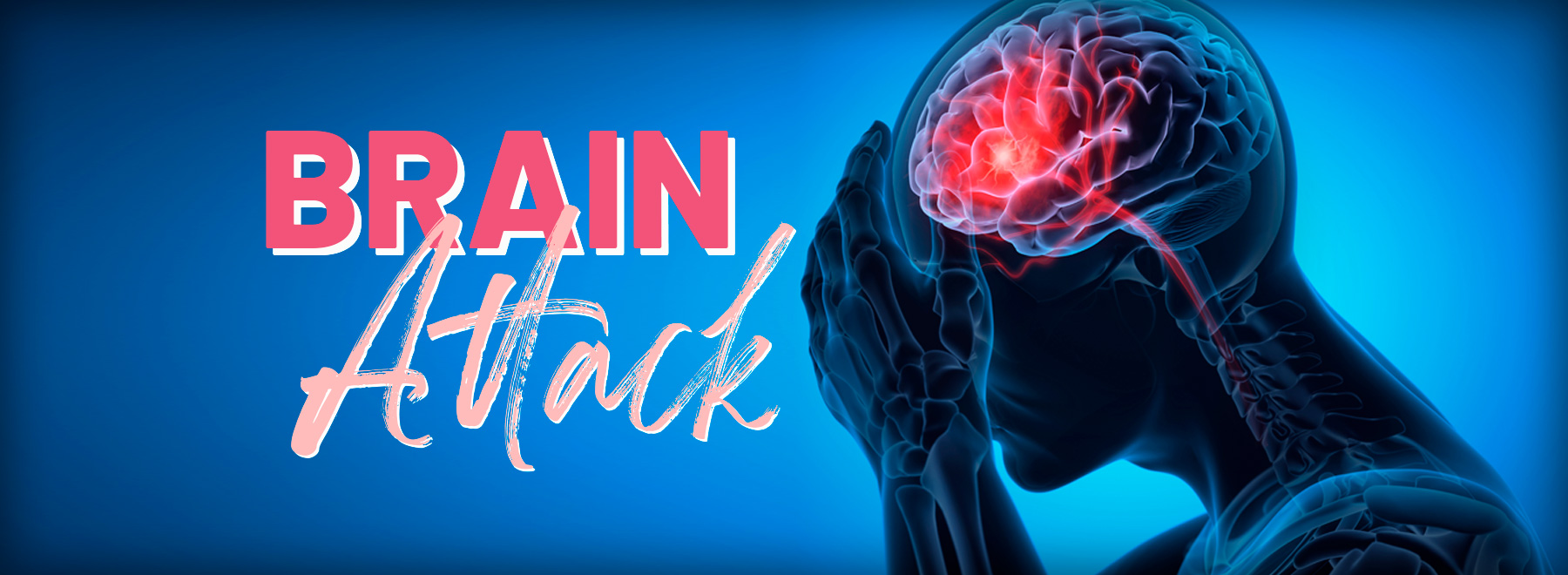Rehabilitation sets stroke patients on path to recovery
Minutes matter when it comes to stroke patients' rate of survival, though it’s the few weeks after landing in rehab that matter most in quality of life going forward.
Studies in the past decade from all points of the globe show surviving a stroke is possible, but the mere occurrence of having one still cuts overall life expectancy anywhere from seven to 15 years. The best possible outcomes happen when teams of physicians, nurse practitioners and physical, occupational and speech therapists can quickly assess and address a stroke patient’s needs from head to toe.

“I’ve seen patients as early as five days after a stroke come to us, and they’re already walking and talking,” said Dr. Hyung Kim, chief of the Division of Physical Medicine and Rehabilitation at the University of Mississippi Medical Center. “But I’ve also seen others with one entire side of their body knocked out, and it doesn’t come back. Acute inpatient rehabilitation is a crucial phase to recovery. If they skip this phase and go home, they tend to end up being a lot worse, functionally.”
Kim leads a team of physicians, nurse practitioners, therapists, rehab nurses and case managers who work with stroke patients at Methodist Rehabilitation Center at a most critical point in their recovery. It begins once a patient is deemed ready to tolerate intensive therapies, usually following a battery of tests to look for the cause of the stroke and then a period of close monitoring to look for further signs of neurologic decompensation.
“Full recovery from a stroke can take six months to a year,” Kim said. “Getting as much therapy as possible in the first three months is key to making the best functional recovery. Our role is to begin the rehabilitation process as early as possible in order to transition the patients home.”
A stroke patient’s weaker side often presents spasticity in recovery, which can hinder normal function. “We manage a lot of spasticity issues in the outpatient setting, either through medications or targeted botulinum injections,” Kim said.
A patient’s age, severity of the stroke, medical history and insurance coverage play the largest roles in patients’ length of stay in rehab, with most patients staying around 14 days, Kim said. Having family available to help foster recovery in speech, motor control and other functions is also a big determinant for success in recovery.
“Often, our goals are to train the family to help the patient get around, how to feed them, how to dress them, how to deal with bowel and bladder issues and help figure out their equipment needs like walkers or wheelchairs. We also try to optimize their medications and make the transition to an outpatient setting as feasible as possible.”
Normal blood vessels have smooth lining on the inside without any narrowing or plaque buildup. Diseased blood vessels have plaque built up on the inside which causes a piece to break loose and go to the brain or form a clot on top of it and interrupt normal blood flow. About 87 percent of strokes are ischemic, which are caused by narrowed or clogged blood vessels in the brain, with the other 13 percent being hemorrhagic, when a blood vessel ruptures in or near the brain. High blood pressure, or hypertension, plays a major role in both types.
Hypertension in Mississippi remained higher than the national average in 2021, the most recent year for which statistics are available from the Mississippi State Department of Health. Nearly 1 million adults in the state had high blood pressure, an increase of nearly 12 percent in a decade’s time and more than 36 percent higher than nationwide. Mortality rates in the state from strokes’ top risk factor were up nearly 23 percent in 10 years across all significant demographic groups.

“The most important thing to do after a stroke is to control the blood pressure,” said Dr. Shreyas Gangadhara, associate professor of neurology. “It needs to be 130/80 or below.”
Blood pressure medications commonly prescribed to most stroke patients as part of the recovery phase include beta blockers, ACE inhibitors, diuretics and calcium channel blockers.
“There is not a single blood pressure medication category that is better than others,” Gangadhara said. “I tell my patients to record their BP at home 2-3 times per day and to take the readings to their primary care provider and follow up closely. I also say to focus on a healthy diet and exercise combination that will promote healthy blood pressure numbers. The American Heart Association recommends moderate intensity exercise for about 30 minutes a day for five times a week.”
Specialists involved with each patient’s case meet once a week to discuss progress and the best way to return a stroke patient to the best quality of life possible.
“Our goal is to remove barriers that keep a patient from doing well from a functional standpoint,” Kim said. “If their blood pressure is out of whack, we address that. If they’re having pain issues with the therapies, we address that. If they’re not sleeping or if their sodium or potassium levels are off, it’s our job to manage and alleviate it.”
The recovery team’s extensive experience has led to countless successful outcomes, Kim said. “Many of our therapists are neuro-rehab specialized, and Methodist Rehabilitation Center is the only facility in the state that is neuro-rehab certified. We get some of the most severe cases of strokes, spinal cord injuries and brain injuries. We see a lot of good outcomes here because we’re aggressive with the therapies. It’s rewarding when we see arms and legs start moving again.”
The above article appears in CONSULT, UMMC’s monthly e-newsletter sharing news about cutting-edge clinical and health science education advances and innovative biomedical research at the Medical Center and giving you tips and suggestions on how you and the people you love can live a healthier life. Click here and enter your email address to receive CONSULT free of charge. You may cancel at any time.



